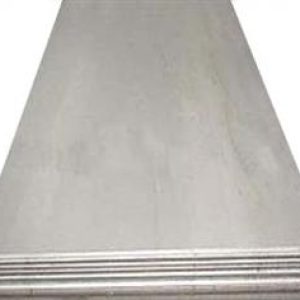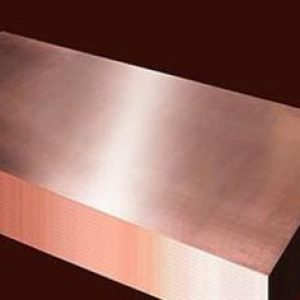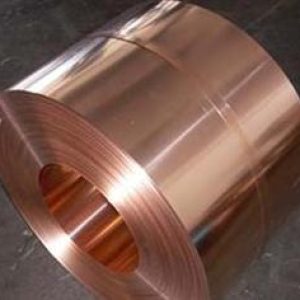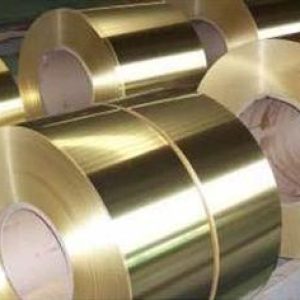Copper plates are flat, thin sheets of copper that find application in industries ranging from electrical engineering and construction to sculpture and cookware. Key parameters defining their characteristics and usability are:
- Thickness: Measured in millimeters (mm) or gauge (especially in the U.S.), copper plate thickness can vary significantly to suit different applications. Thinner plates are more malleable and suitable for etching or forming, while thicker plates provide greater structural integrity.
- Dimensions: Copper plates come in various sizes, typically specified by length and width. Standard sizes may vary by manufacturer, but custom cuts are often available to meet specific project needs.
- Grade/Purity: Copper plates can be manufactured to different purity levels, with common grades including Electrolytic Tough Pitch (ETP) copper, Oxygen-Free High Thermal Conductivity (OFHC) copper, and phosphor bronze. Purity levels impact conductivity, corrosion resistance, and other properties.
- Surface Finish: The surface of a copper plate can be smooth, polished, brushed, or rough, depending on the intended use. A smooth finish is preferred for electrical applications, while a textured finish may be desired for decorative or architectural uses.
- Temper: Copper plates can be supplied in different tempers, such as soft, half-hard, or hard. The temper influences the plate’s malleability, hardness, and springiness, affecting its suitability for bending, stamping, or other forming processes.
- Conductivity: A crucial parameter for copper plates used in electrical applications, conductivity measures how efficiently the material conducts electricity. It’s often expressed as a percentage of IACS.
- Thermal Conductivity: Copper is known for its high thermal conductivity, making copper plates ideal for heat sinks, cookware, and other applications requiring efficient heat transfer.
- Corrosion Resistance: While copper naturally corrodes to form a protective patina, certain alloys or surface treatments can enhance its corrosion resistance for harsh environments.
- Tensile Strength: This measures the maximum stress the copper plate can withstand before it fractures, an important consideration for applications involving mechanical loads.
-
Elongation: Elongation at break indicates the ductility of the copper plate, or how much it can stretch before breaking, which is crucial for forming operations.



